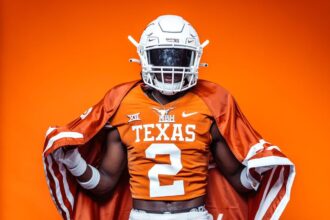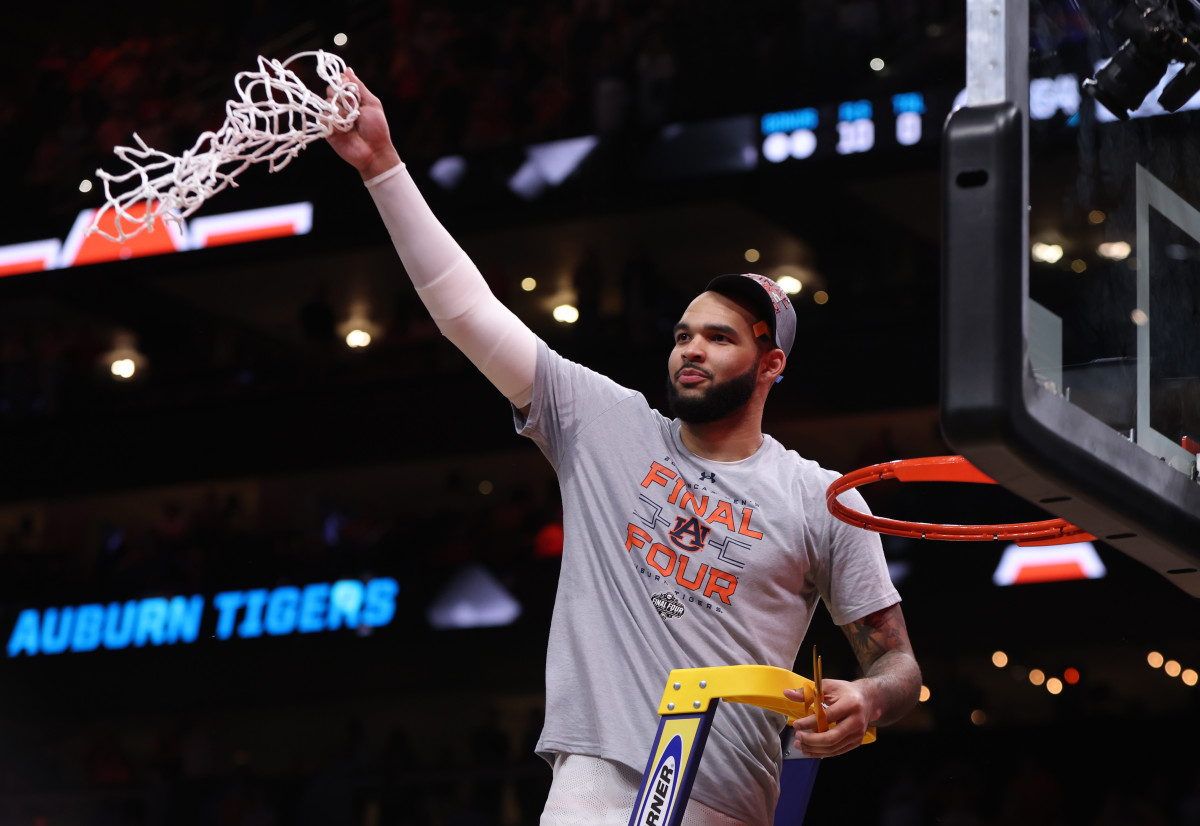The advent of Name, Image, and Likeness (NIL) regulations has profoundly reshaped college football, a transformation that has been widely acknowledged for some time now. Over the past couple of years, the landscape has been marked by considerable upheaval, with NIL serving as both a catalyst for positive change and a source of mounting challenges within the sport.
For coaches at programs outside the traditional powerhouses like Ohio State, USC, Georgia, and Texas, navigating this new terrain presents a significant disadvantage. Athletes who shine at smaller schools often opt to enter the transfer portal at season’s end, seeking greener pastures and higher financial rewards at larger institutions. It’s a logical move for many, given the opportunity to earn more while competing at a higher-profile program.

LSU paid for a car and an apartment and like $300,000. What do you do?
— Jamey Chadwell, via Yahoo Sports
Daniels is just one of hundreds of examples.
Anybody who is 6-foot-5 is gone, even if it’s to join (Power Five) scout teams. If you’re a 6-foot-1 corner, you’re gone. You lose your best players.
— Former ULM coach Terry Bowden, via Yahoo Sports
A prime example is Liberty University’s wide receiver, C.J. Daniels, who put up impressive numbers last season before transferring. Just days after his former team’s loss in the Fiesta Bowl, Daniels, with two years of eligibility remaining, entered the transfer portal. According to Liberty’s head coach, Jamey Chadwell, LSU successfully secured Daniels’ commitment by offering a substantial NIL package, reportedly in the six-figure range. Yet, even this estimate appears modest compared to the exorbitant sums being offered to elite transfers across the country, particularly quarterbacks who command figures upwards of $1 million.
We are a farm system. No matter who you are, you are going to have to try hard to hold on to your top players. That gets taxing. We are taking the approach that if a freshman plays and he does well, we are only going to have him for one more year.
— Jamey Chadwell, via Yahoo Sports
However, NIL collectives operating at the Group of Five level struggle to match such offers, highlighting the growing disparity in resources. Coaches invest significant time and effort into developing talent, only to see them depart once they reach a certain level of success, perpetuating a frustrating cycle. This new reality underscores the urgent need for legislative intervention, yet the NCAA’s ineffectiveness leaves the path forward unclear.
In essence, the current state of college football reflects a dynamic where NIL reigns supreme, reshaping recruitment strategies and player movement while exacerbating existing inequalities. Until comprehensive reforms are enacted, the sport will continue to grapple with the repercussions of this evolving landscape.





